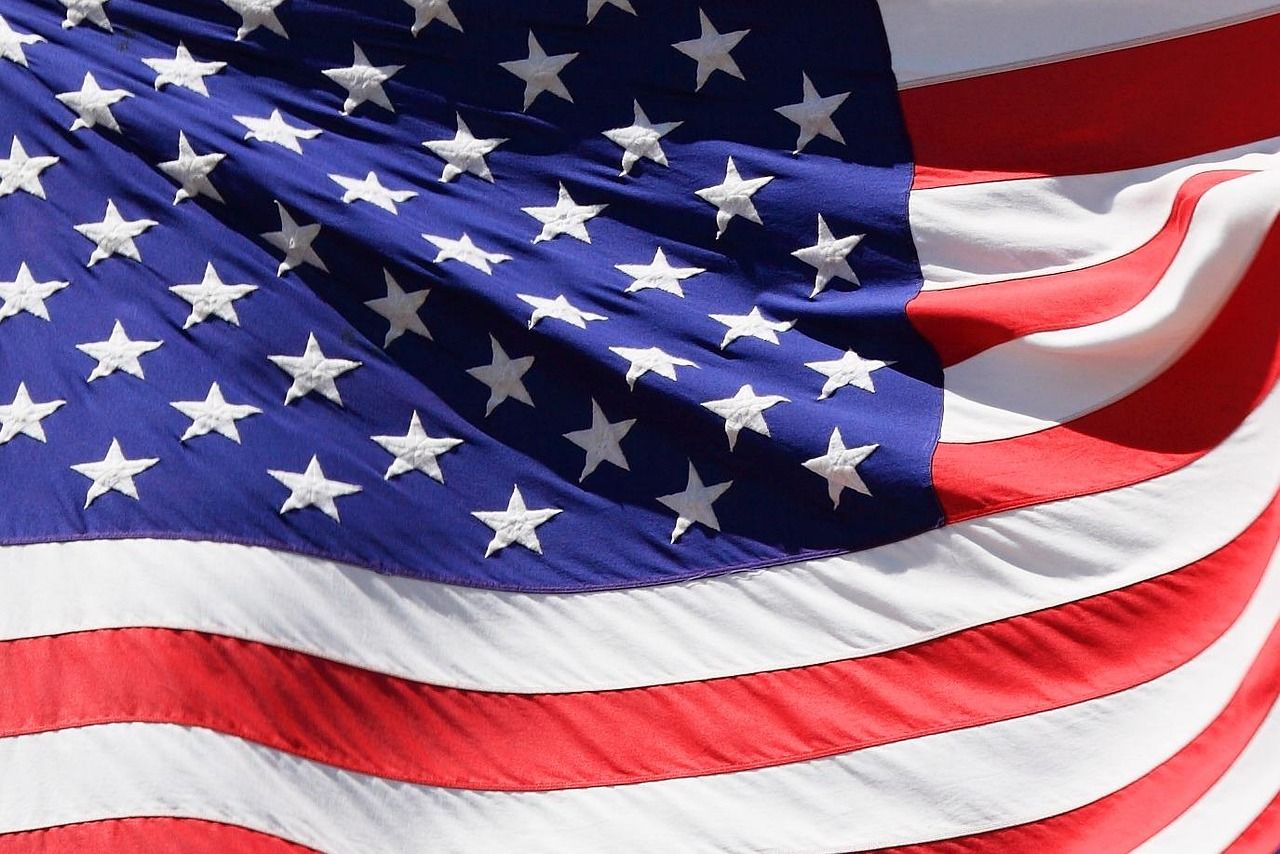🇺🇸 Why We Celebrate: A Detailed History of Independence Day
🇺🇸 Why We Celebrate: A Detailed History of Independence Day
📜 The Road to Revolution
By the 1760s, the American colonies had grown economically and socially distinct from Britain. Tensions began rising as the British Crown imposed a series of taxes — like the Stamp Act and the Townshend Acts — without giving the colonies any representation in Parliament. The rallying cry became “No taxation without representation.”
Protests grew more organized and intense, culminating in key events like the Boston Massacre (1770) and the Boston Tea Party (1773). These acts of defiance pushed the British to clamp down even harder, which only galvanized colonial unity.
✍️ Drafting the Declaration
In the spring of 1776, momentum for full independence reached a tipping point. On June 7, Richard Henry Lee of Virginia proposed a resolution declaring the colonies free from British rule. A five-man committee — Thomas Jefferson, John Adams, Benjamin Franklin, Roger Sherman, and Robert R. Livingston — was tasked with drafting the document.
Thomas Jefferson, only 33 at the time, wrote most of what became the Declaration of Independence, a powerful and philosophical statement of the colonies’ right to self-govern. It declared that “all men are created equal” and that government derives its power from the consent of the governed .
On July 2, 1776, the Continental Congress voted in favor of independence. The Declaration itself was formally adopted on July 4 .
🗞️ The First Celebrations
After the Declaration was adopted, copies were printed and distributed throughout the colonies. Towns held public readings. Soldiers and citizens celebrated by ringing bells, lighting candles, and holding mock funerals for King George III—symbolizing the end of British rule.
John Adams, who would later become the second President, predicted that the day would be celebrated with “pomp and parade, with shows, games, sports, guns, bells, bonfires, and illuminations.” He was right — though he believed July 2nd, not July 4th, would be remembered.
🎆 The Holiday Evolves
For many years, July 4th was celebrated mainly in political circles. But as America expanded, the holiday became more widely embraced by everyday citizens. The War of 1812 renewed patriotic fervor, and by the mid-1800s, the 4th of July had evolved into a full national holiday.
In 1870 , Congress made it an official federal holiday. And in 1941, it became a paid holiday for federal employees.
Today, it’s celebrated in every U.S. state and by Americans around the world with fireworks, parades, concerts, and community gatherings.
🐾 A Quick Reminder for Pet Owners
While we enjoy the booms and bursts of Independence Day, our furry friends often don’t. Fireworks can be terrifying for pets—dogs especially. To help keep them safe and calm:
- 🐾 Keep pets indoors during fireworks hours.
- 🐾 Create a cozy, quiet spot for them to retreat.
- 🐾 Use calming music or white noise.
- 🐾 Double-check that they’re wearing ID tags in case they get startled and run.
A little preparation goes a long way in helping your four-legged family members stay safe and stress-free.
🧠 Final Thoughts
Independence Day isn’t just about celebrating with sparklers and good food—it’s about remembering the brave and radical decision to forge a new nation. It’s a time to reflect on the principles of freedom, unity, and self-governance that still guide us today.
Wishing you a safe, meaningful, and joyful 4th of July.
— Shawn





